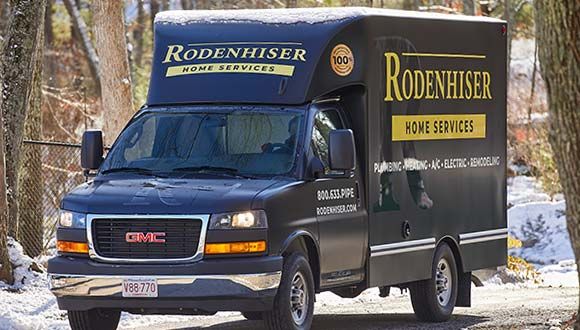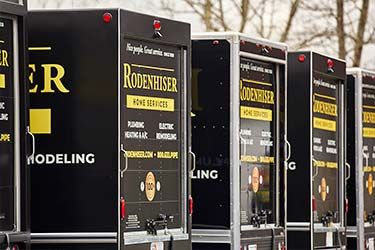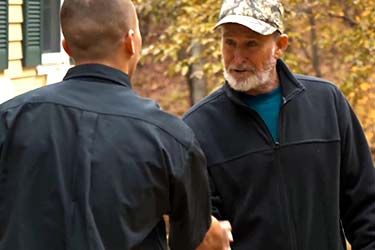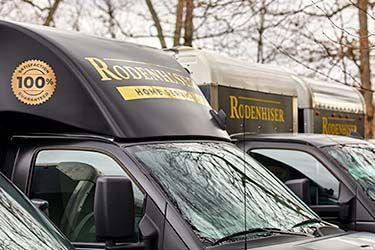
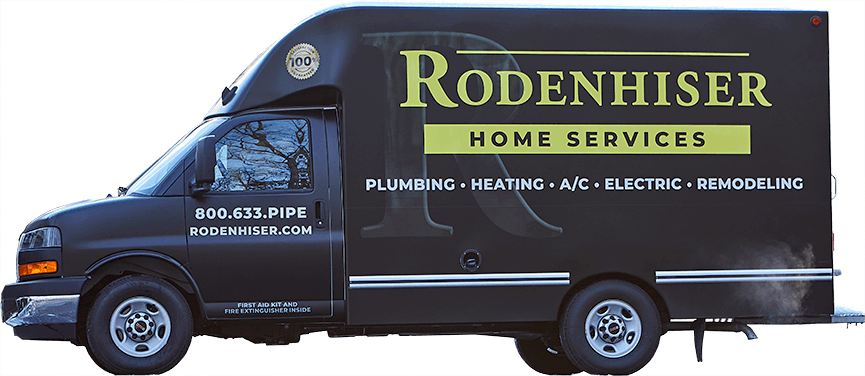
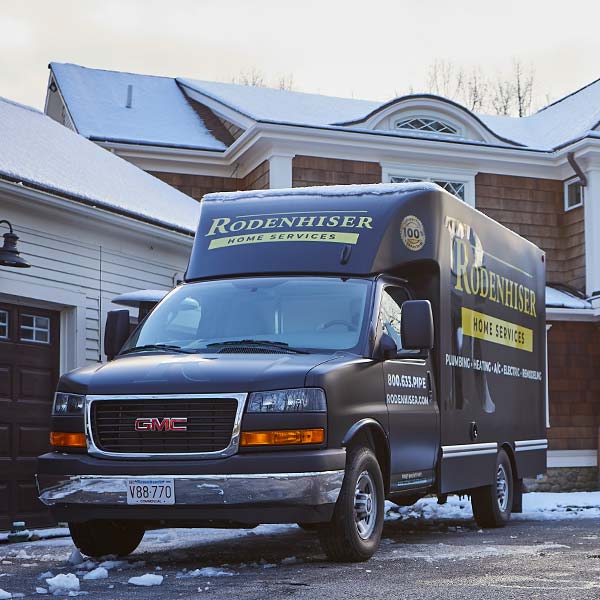

Many homeowners with heat pumps cringe every time they open their electric bill in the winter because they know the bill will be high. Heat pumps can keep your home comfortable in the winter, however you need to know how they work to keep your electric bill under control.
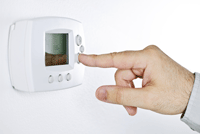
When your heat pump thermostat senses the air inside is colder than the set temperature, it sends a signal to start the heat pump.
A heat pump programmable thermostat is the answer. When you program the thermostat correctly, you can keep use of the auxiliary heat down.
Most programmable thermostats work like an alarm clock. If you set it to start at 6 a.m., it will turn on the heating at 6 a.m.. If the indoor temperatures are two degrees or more below the target temperature, it will kick in the auxiliary heat automatically.
With a heat pump programmable thermostat, the process is not so abrupt. The thermostat calculates how much time remains before 6 a.m. and how long it will take to get from the current temperature to the target temperature. So, an hour or two before, the thermostat will start bringing up the indoor temperature a degree at a time without use of the auxiliary heater. That is much more efficient.
If you need help replacing your heat pump's thermostat with a programmable one, contact the pros at Rodenhiser Plumbing, Heating & Air Conditioning. We've been serving our Norfolk MA neighbors since 1928.
Image via Shutterstock.com





Both Alex and Patrick were knowledgeable, courteous, and professional. They made a change that might have solved the recent problem and have structured a more complete solution. We agreed to this...
Mike was thorough, thoughtful and considerate. Covered their shoes before entering, surveyed my issue and provided an explanation of the services and costs. Great Job!
Alex did a great job providing an explanation of the services provided and went out of his way to offer assistance/advice on other issues outside of our scheduled maintenance visit.
Brian did an excellent job inspecting our 18-year old boiler and replacing some of the accessory hardware that needed it, he also adjusted the outgoing hot water settings for our radiators and...
Rodenhiser is my one stop shop!!! They take care of my HVAC, electrical, and plumbing issues & are always helpful addressing any questions I may have about the systems in my house! Everyone...
Chris G. and Nick V. showed up bright and early at 8am to fix my water heater issue. They were on time, polite and were able to fix an issue that has been plaguing my house for a good year. They...
When you are looking for plumbing, electrical, heating or air conditioning in the Route 495 / 128 area, you will be delighted that you called Norfolk MA' trusted choice since 1928.
With a total dedication to professional workmanship and excellent service, discover why families and businesses continue to trust Rodenhiser after generations of service
